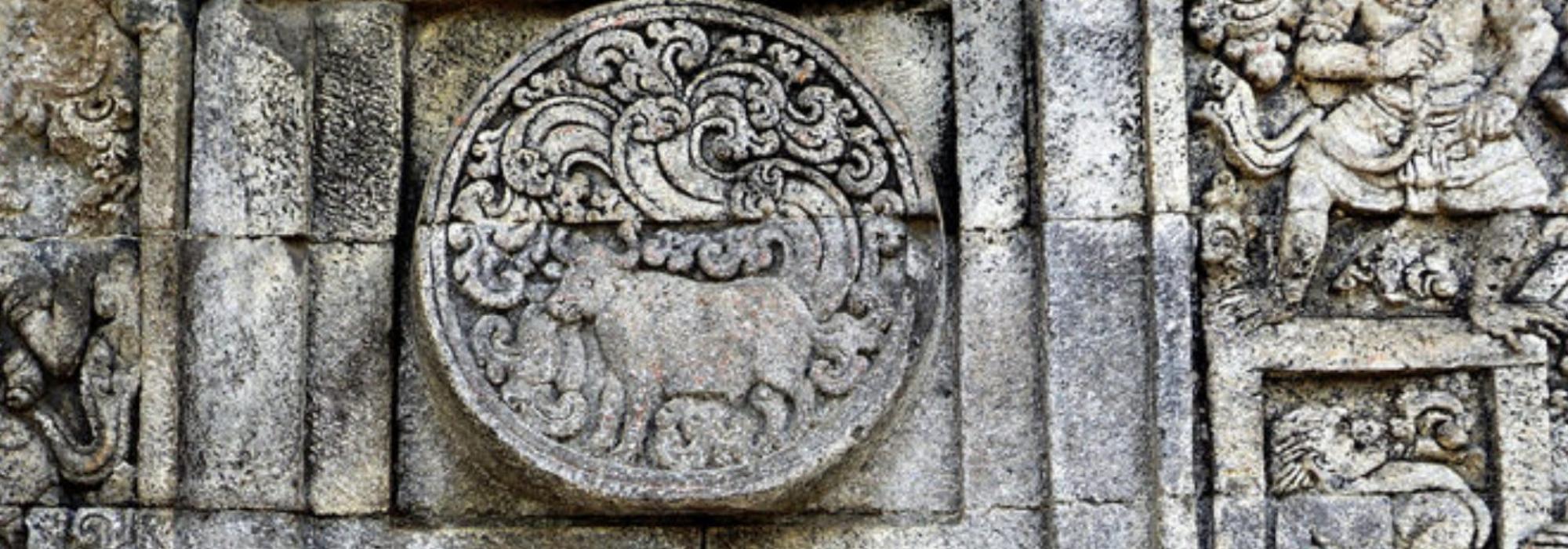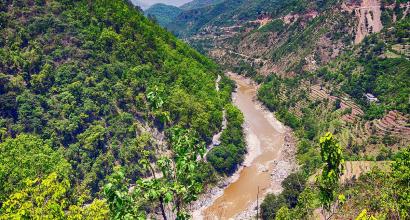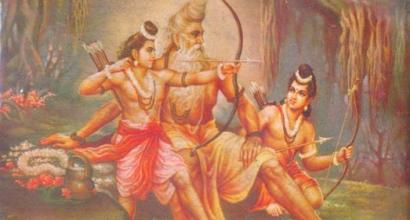Note: This is the first part of a new series of an English translation of D.V. Gundappa’s essays on the Ramayana written in Kannada. These essays are originally the forewords that DVG wrote for the volumes of the magnificent Kannada translation of Valmiki’s Srimad Ramayana, undertaken by the late Vidwan Sri Ranganatha Sarma. They have been compiled and included in the complete works of DVG titled, DVG Kruti Shreni.
***
Greatness of the Work
Srimad Ramayana authored by Srimad Valmiki Maharshi has attained world renown as an extremely beautiful and extremely auspicious work. For thousands of years, it has remained as a streetlight illuminating the journey of the lives of the people of Bharatakhanda. Its fame is equally extensive even outside Bharatakhanda. Researchers and scholars have said that in Indonesia, Indo-China, Cambodia (Champa), Bali, Java and other islands, the study of Ramayana was widespread during the fifth-sixth centuries, unambiguous evidence for which is available in the remains of temple sculptures and stone inscriptions, names of their people, and societal traditions and symbols.
The Ramayana is a work extremely dear to the Kannada people. The Pampa-Sarovara (the region of Hampi) which was sanctified by the touch of Sita and Rama, and Kishkindha, the native place of Sugriva and Anjaneya are the geographical treasures of Karnataka. In Kumaravyasa’s period—more than five hundred years ago—it appears that there were hundreds of Ramayana works. He has said:
The King of Snakes groaned under |
The Weight of the Ramayana poets |
There is no space to place one’s leg in this crowd of Raghu’s history ||
(Kumaravyasa Bharata: 1-17)
Despite this, newer works in Kannada on the Ramayana have emerged and continue to emerge. Among these, the Kaushika Ramayana published recently by Sri Shivarama Karantha from Puttur is one.
Ramayana poems are available in abundance in all languages of India. The Kamba Ramayana in Tamil and Tulsi Ramayana in Hindi are two works that have attained enormous popularity.
In Sanskrit especially, the number of Ramayana-based works composed in various literary forms—poetic essays, Champus, plays, Stotras—is almost infinite. Hundreds of Sanskrit poets like Bhasa and Kalidasa have painted the Ramayana story in various hues.
The most favourite works for even Vedantins are Upanishads like Rama-Smarana, Rama-Rahasya, and Rama-Taapani. Philosophical treatises like the Yogavasistha and Adhyatma Ramayana are basically the celebration of the glory of Sri Rama. Writing about his work, Valmiki Maharshi says –
This is the support for Poets || (Balakanda: 4-20)
These words of prophecy have rung true and found fulfilment in the course of time. The list of poets who have adopted Valmiki Maharshi for their livelihood is growing by the day.
Therefore, in this backdrop of thousands of Ramayana poems derived from Valmiki, is there still space for Valmiki’s original work itself? It is certainly the Adi Kavya, the First Poem. From the perspective of poetry, the fact that it truly stands at the forefront is indisputable. However, does it enjoy any other, special distinction apart from this? Yes it does. It certainly does. Plus it does enjoy this distinction in abundance. Even from the perspective of the quality of its poetry, it occupies a preeminent place.
In derivative poetry, each specific work is distinguished for a particular specialty. Some works are notable for their narrative style; some for the description of an episode or scene; others for dialogue; still others for characterization; some are notable for the beauty of language; some, for stylistic qualities; others for grace; others for vigour; yet others, for the importance laid on strengthening various Rasas like pathos and valour; still others for passionate Bhakti. In this manner, all such varieties of poetry have their own committed readership. There are gradations within literary readership. Thus, each grade of readership likes a specific work based on the Ramayana.
However, Valmiki Maharshi’s Ramayana is completely different from all these varieties of poetry and occupies a unique place. It encompasses all the noble traits of these poetic varieties. By its distinctive literary grandeur, skillful characterization and emotional magnanimity, it has retained its unparalleled influence and greatness. Derivative works are akin to a photographic reflection. They reflect just one part or one scene of the whole theme. The entire, integrated picture does not appear in a photo. Those who wish to savour the full essence of the Ramayana must necessarily go to the original Valmiki Ramayana. Those who are unacquainted with the Sanskrit language must read a translation of the full Valmiki Ramayana in any Bharatiya Bhasha.
Of the numerous paths to take the ordinary reader as close as possible to the sacred vicinity of Valmiki Maharshi in the Sanskrit original, the method of splitting each [Sanskrit] word and giving word-by-word meaning. However, those who wish to derive the full benefit of this approach must be ready to invest time. Additionally, they must be endowed with much patience, serenity, and mental poise. In the frenzied pace of our modern life, the number of such people is extremely few. Therefore, the path of word-by-word meaning might not be useful to a large number of people today. The other and easier method is the sentence-wise translation of the original Sanskrit into Kannada [or any other language]. Even without turning to the original Sanskrit, if the reader reads just the translation, he/she will be bestowed with Valmiki’s prasada.
Structure of the Work
We can now examine the structure of the work for a bit. From the time it was composed, the world has accepted the opinion that the Ramayana belongs to the literary genre named poetry.
The Ramayana is not a work of Sastra or history. It is poetry. However, it is poetry that includes both Sastra and history. It is not a work that discards Sastra. Neither is it a work that is not based on history. It is not imaginative or concocted fiction. It is sturdy poetry endowed with muscles and limbs by retaining real-life incidents as a skeleton.
What is poetry? Poetry is the aggregation of sentences that have the power to evoke pleasant experiences in the heart of human beings. The quality of composing poetic literature involves stimulating tumult within the heart of the reader. When we listen to it, a certain experience must occur within us. Our mind should say, Aha! Oho! Oh no! So sad! Wow! Awesome! Thus any experience that stimulates within us feelings of pity or surprise or fury or elation is known as Rasa. Any work of writing that elicits this Rasa in our inner life is poetry.
Our ancient Masters have engaged in elaborate and extraordinary contemplation on the secret of poetry. They have variously argued that poetry flows from the style of language, from prosody, from suggestion, from figure of speech, from beauty in meaning, and so on. All such arguments are not incorrect; however, each argument is one-sided and therefore incomplete. The stand that Rasa is the essence of poetry has received universal acceptance. The treasure of humankind called poetry is available throughout the world. It is not a special property of the Sanskrit language. The day the first human was born, the place of such birth was simultaneously the time and place of the birth of poetry.
To be continued
















































